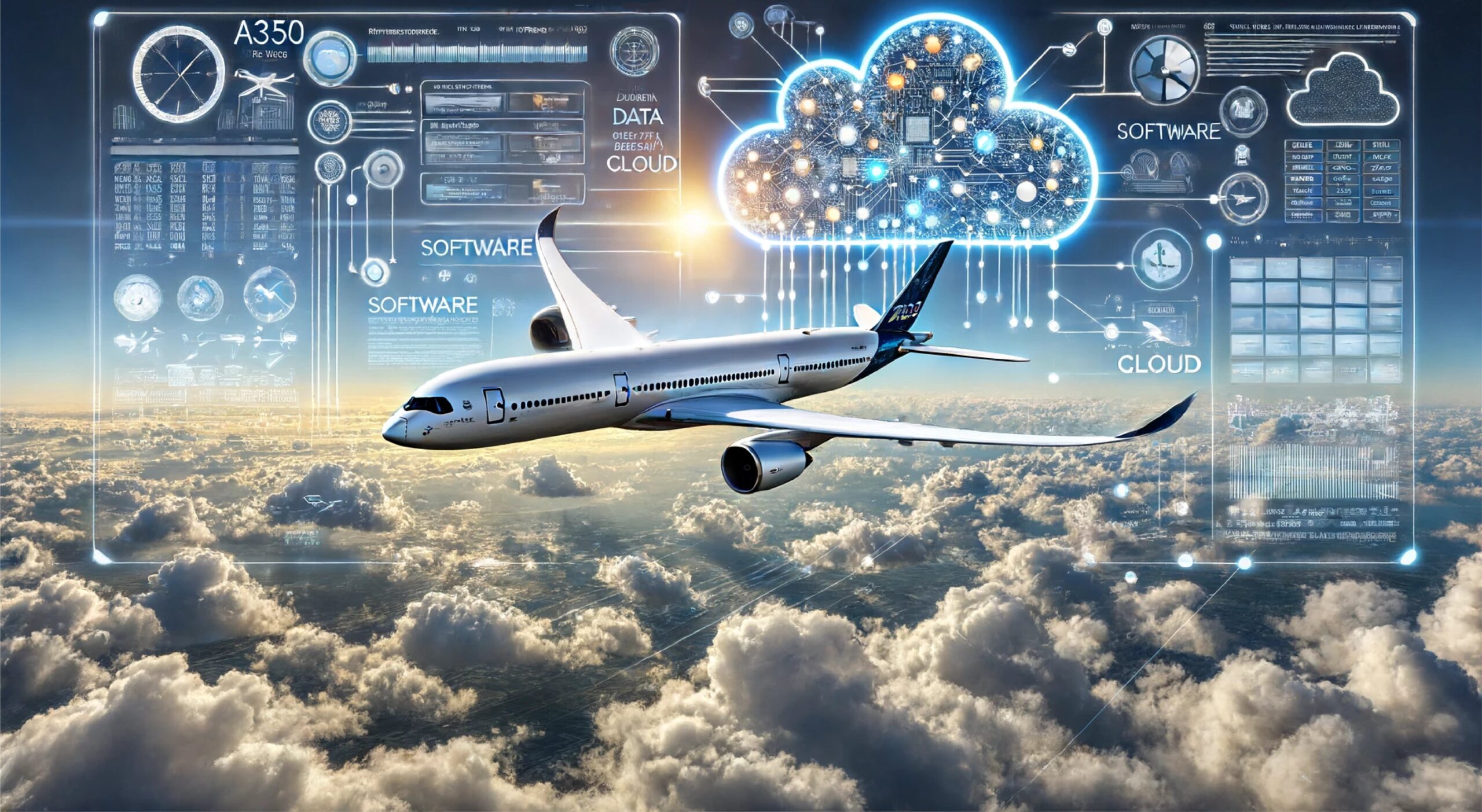In today’s fast-paced world, the aviation industry is continuously evolving to enhance safety, efficiency, and performance. One of the pivotal advancements is real-time avionics monitoring. But what exactly does this mean for the world of aviation? Let’s delve into this innovative technology and understand its impact.

Understanding Real-Time Avionics Monitoring
Real-time avionics monitoring refers to the continuous observation and analysis of an aircraft’s electronic systems while it is in operation. This technology provides instant feedback on various parameters, allowing for immediate corrective actions if necessary. By ensuring that the aircraft’s systems are functioning optimally, it significantly enhances flight safety and efficiency.
The Importance of Real-Time Data
Data is at the heart of modern aviation. Real-time data allows for immediate insights into the aircraft’s performance. This is crucial for preventing potential malfunctions and ensuring that the aircraft is operating at its best. Furthermore, access to real-time data assists in making informed decisions that can reduce operational costs.
Applications in Commercial Aviation
In commercial aviation, real-time avionics monitoring plays a critical role. Airlines can track their fleet’s performance, manage maintenance schedules efficiently, and improve overall passenger safety. This technology ensures that airlines can deliver consistent and reliable services, which is vital in a competitive industry.
Impact on Military Aviation
For military aviation, the stakes are even higher. Real-time monitoring offers strategic advantages by ensuring that military aircraft are always mission-ready. It provides the military with an edge by enhancing the reliability and performance of their fleet.
Key Components of Real-Time Avionics Monitoring
The system comprises several vital components, including sensors, data processors, and communication systems. These elements work together to provide a comprehensive overview of the aircraft’s status. The data collected by the sensors is processed in real time and transmitted to ground control for further analysis.
Integration with Other Systems
To maximize its potential, real-time avionics monitoring is integrated with other systems such as autonomous navigation systems and long-distance communication electronics. This integration allows for seamless operations and improved decision-making processes.
Advantages of Real-Time Avionics Monitoring
One of the main benefits of this technology is enhanced safety. By monitoring the aircraft’s systems continuously, potential issues can be identified and addressed before they escalate into serious problems. Additionally, it leads to significant cost savings by optimizing maintenance schedules and reducing downtime.
Challenges and Solutions
Despite its advantages, implementing real-time avionics monitoring comes with challenges. These include data security concerns and the need for robust infrastructure. However, advancements in technology are continually providing solutions to these challenges, ensuring that the benefits far outweigh the drawbacks.
Future of Aviation with Real-Time Monitoring
The future of aviation is undoubtedly intertwined with advancements in real-time monitoring. As technology evolves, we can expect even more sophisticated systems that offer unprecedented levels of safety and efficiency. The continuous improvement of these systems will play a crucial role in shaping the future of air travel.
Industry Perspectives
Industry experts believe that real-time avionics monitoring will become a standard feature in all aircraft. Companies like Gelco World are at the forefront of these developments, pushing the boundaries of what is possible in aviation technology.
Conclusion
Real-time avionics monitoring is revolutionizing the aviation industry. By providing instant insights and enhancing safety, it is paving the way for a future where air travel is safer, more efficient, and more reliable than ever before. As the technology continues to evolve, its impact will only grow, making it an indispensable part of modern aviation.

FAQ
Q1: What is real-time avionics monitoring?
A1: It is the continuous observation and analysis of an aircraft’s electronic systems during operation, providing instant feedback for enhanced safety and efficiency.
Q2: How does real-time monitoring benefit airlines?
A2: It helps airlines track fleet performance, manage maintenance schedules efficiently, and improve passenger safety.
Q3: What are the challenges of implementing real-time avionics monitoring?
A3: Challenges include data security concerns and the need for robust infrastructure, but technological advancements are providing solutions.


